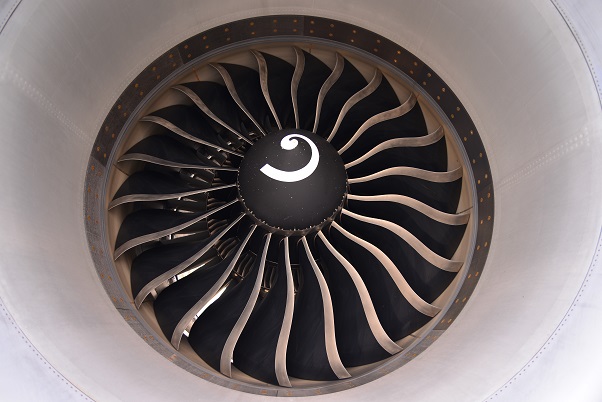Peening is a mechanical surface treatment process that introduces compressive residual stresses into the surface of a material. For jet engine components, which operate under high stress and temperature conditions, peening enhances fatigue life, resistance to stress corrosion cracking, and overall durability.
Peening to the same intensity as dry shot peening, wet blasting (or wet shot peening) is a superior alternative to traditional dry shot peening, offering several distinct advantages…
• Precision - Wet blasting allows for finer control over abrasive media velocity and impact energy, enabling more uniform and controlled peening. It offers superior control, reducing the risk of over-peening and surface defects.
• Water as a carrier - The liquid medium in wet blasting helps to eliminate airborne contaminants and dust, which is crucial for maintaining the integrity of precision-engineered components. It also enhances workplace safety and reduces environmental impact.
• Debris removal - Water effectively washes away loosened particles and contaminants during the peening process, reducing the risk of re-deposition on the component surface.
• Component compatibility - Wet shot peening is particularly effective for intricate or delicate components where dry methods might cause damage.
• Temperature management - The cooling effect of the liquid carrier helps prevent overheating of components, which is vital for maintaining material properties and preventing thermal damage.
• Smoother surfaces - Wet blasting can achieve a smoother surface finish compared to dry methods, which is beneficial for components where surface roughness must be tightly controlled.
• Media reusability - Wet blasting systems allow for the recovery and reuse of abrasive media, making the process more sustainable and cost-effective.
• Consistency – Our advanced automation ensures uniform peening across the complex geometries of jet engine components every time.
Several aerospace and defence manufacturers have successfully implemented wet blasting for peening critical jet engine components such as turbine blades, compressor disks, and casing parts. These implementations have reported…
• Increased fatigue life - Enhanced durability and resistance to crack initiation and propagation.
• Improved surface integrity - Better surface finish leading to reduced aerodynamic drag and improved performance.
• Cost savings - Lower operational costs due to media reuse and reduced maintenance downtime.























